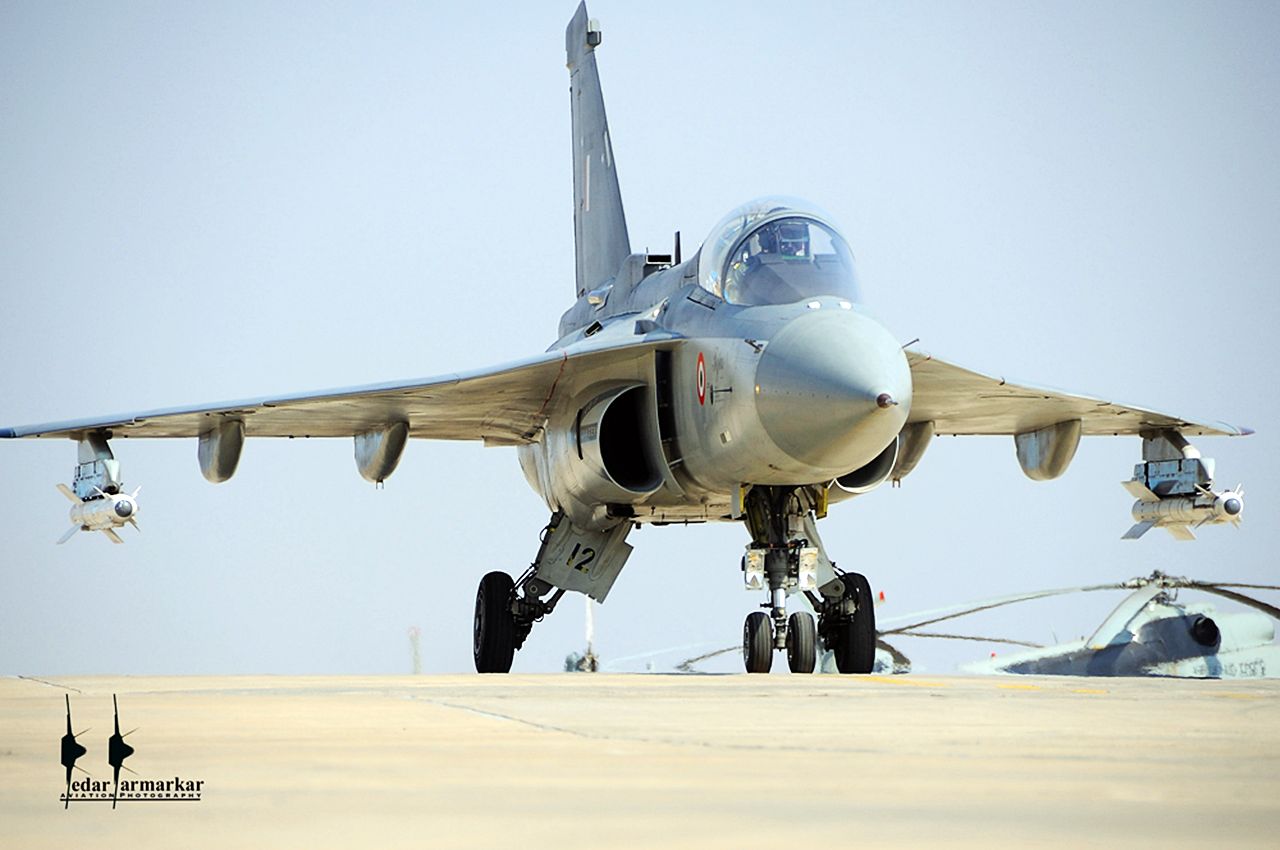Tejas has just reached semi-final stage: Antony
The euphoria over the success of Tejas notwithstanding there has to be a reality check, even if it seems harsh. Even union defence minister A K Antony has admitted that Tejas has reached just "the semi-final stage'' at this point.
As was first reported by TOI earlier, the overall developmental cost of the Tejas project, including the naval variant and trainer, has zoomed up to Rs 17,269 crore from the initial Rs 560 crore earmarked for it in 1983. With each Tejas to cost around Rs 200 crore over and above this, India will end up spending well over Rs 25,000 crore on the programme.
Moreover, the real induction of the first 40 Tejas jets will begin only towards end-2013, with the first two squadrons becoming fully operational at the Sulur airbase (Tamil Nadu) by 2015 or so, a full three decades after the LCA project was first sanctioned to replace the ageing MiG-21s.
That's not all. The first test-flight of the Tejas Mark-II version, with more powerful American GE F-414 engines, will be possible only by December 2014, with its production beginning in June 2016. And even then, the Tejas will just be a medium to low-end fighter, not a high-end air dominance one.
ACM Naik, in fact, described Tejas as a "MiG-21 plus-plus'', and made it clear that it was not even a fourth-generation fighter at present but would be in the future, indicating it will primarily be used to plug the gap in numbers.
Consequently, India's frontline combat fighters will the 270 Russian-origin Sukhoi-30MKIs already being inducted for around $12 billion, the 126 new medium multi-role combat aircraft to be acquired in the $10.4 billion MMRCA project and the 250 to 300 fifth-generation fighter aircraft to be built with Russia in the gigantic $35 billion project.
Yes, there is no getting away from the critical fact that India has to be self-reliant in military hardware and software if it wants to emerge as a superpower on the global stage. But the Tejas saga puts serious question marks on the defence indigenisation model being followed.
The fighter, for instance, is still only around 60% indigenous despite being 27 years in the making. It, for example, is powered by American GE engines, with the indigenous Kaveri engine failing to pass muster despite Rs 2,839 crore being spent on it since 1989.
http://timesofindia.indiatimes.com/...mi-final-stage-Antony/articleshow/7257996.cms







